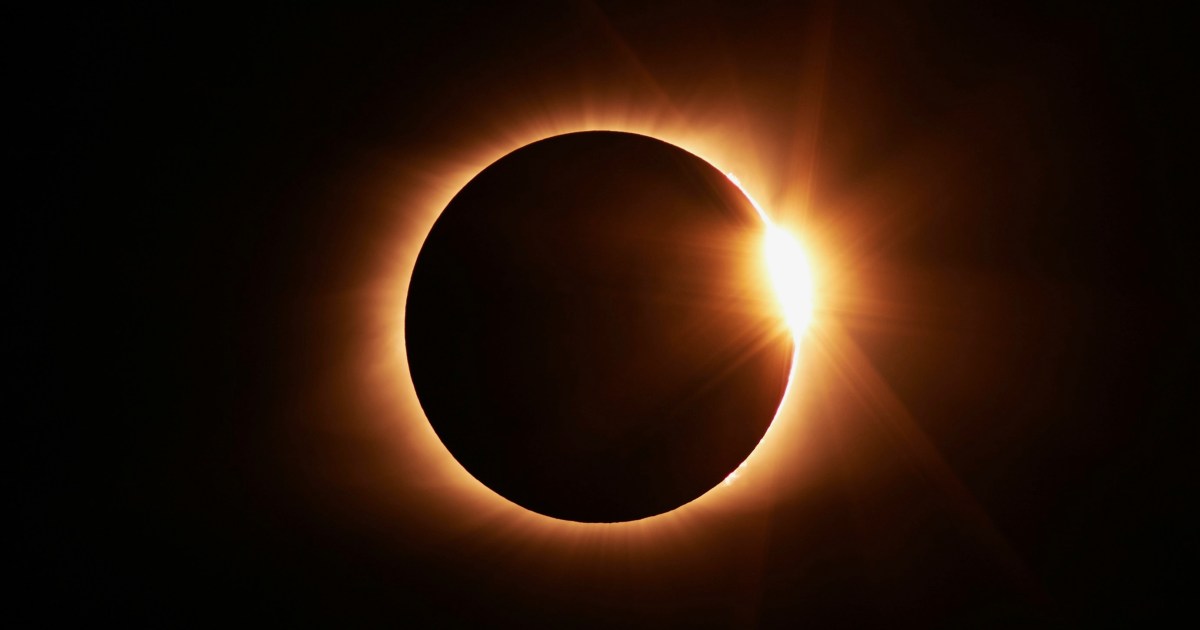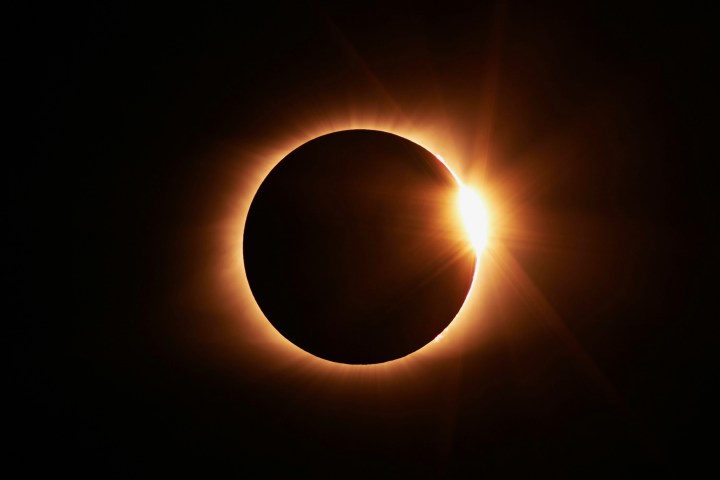
There will be a total solar eclipse on Monday, April 8, in various states across the U.S. and provinces in Canada. This rare event can produce breathtaking images and videos using a smartphone.
However, simply pointing your phone, such as an iPhone 15 or Samsung Galaxy S24, at the sky won’t be enough to capture the beauty of this phenomenon. Here are steps to capture the total solar eclipse with your smartphone.
Where can you see the total solar eclipse?
A total solar eclipse is an astronomical event where the moon covers the entire sun. The upcoming event is scheduled for April 8 and will only be visible from a narrow path of areas that will experience totality.
States that will experience totality include parts of Texas, Oklahoma, Arkansas, Missouri, Illinois, Kentucky, Indiana, Ohio, Pennsylvania, New York, Vermont, New Hampshire, and Maine. The eclipse will also be visible in southern Ontario, Quebec, New Brunswick, Prince Edward Island, and Cape Breton.
If you are not in the path of totality, you can still witness a partial eclipse in most parts of the U.S. Visit NASA’s special website highlighting the total solar eclipse to find the best times to see it in your area.
Can you use your phone to take a picture of the solar eclipse?
When photographing a solar eclipse, it is essential to use a solar photo filter. These affordable accessories can be directly attached to your phone’s camera lens and are specifically designed to capture the eclipse without damaging your eyes or device.
You can search for these yourself online or look at recommendations from the American Astronomical Society. Solar filters are often affordable and essential in ensuring your smartphone’s camera isn’t severely damaged during an eclipse.
Tips for taking a picture of the solar eclipse
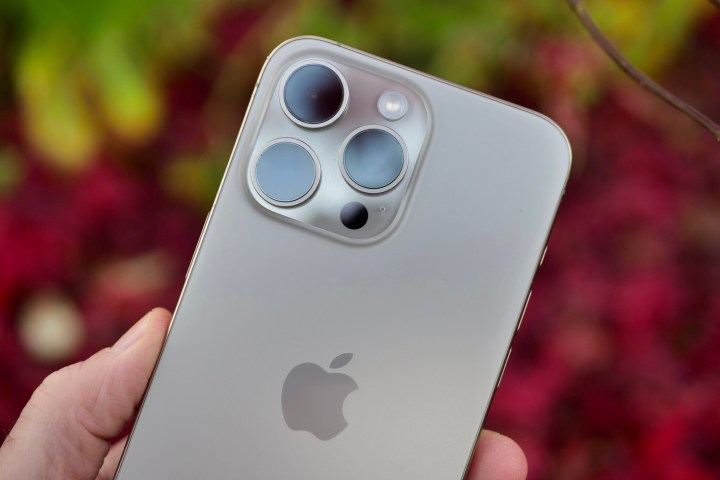
Having a filter alone isn’t enough to capture the solar event effectively. You should also adjust a few settings on your phone to get the best results. Try performing these steps before the event so that you have a better idea of how to do them.
There are a few things to keep in mind when capturing a good photo of the eclipse. Firstly, turning off your camera’s flash is essential to avoid a bad outcome. Additionally, if your phone doesn’t have a telephoto lens that optically zooms in on far-away subjects, it’s recommended not to use your camera’s zoom feature. Even though your first instinct might be to zoom in on the eclipse, doing so will lower the resolution and quality of the image, resulting in grainy and poor-quality photos. That said, if you have a phone with a proper telephoto lens — such as a Galaxy S24 Ultra or iPhone 15 Pro Max — zooming in will be a smart call.
When taking a photo, it is recommended to lock the focus and exposure. This feature is called Auto Exposure/Auto Focus Lock on an iPhone. To enable it on your Apple device, open the Camera app, frame your shot, and tap on the screen where you want to set the focus and exposure. A yellow square will appear to indicate the focus point. Next, touch and hold the yellow square for a few seconds. A yellow AE/AF Lock banner appears at the top of the screen. This indicates that the focus and exposure are now locked.
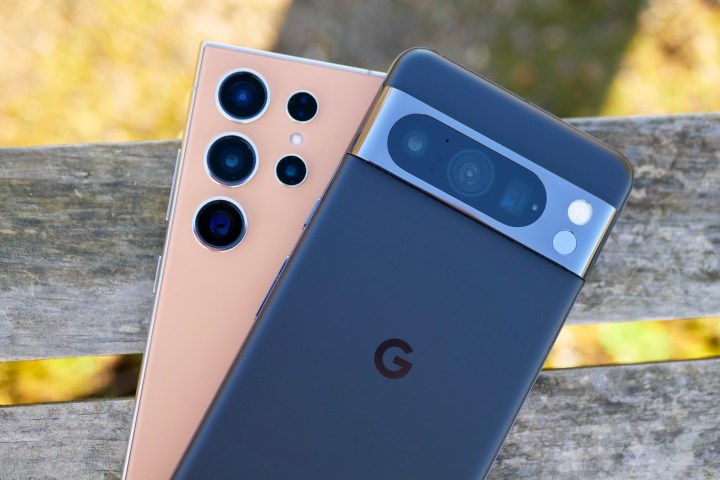
If you are using an Android-based device, open the Camera app, then tap the area of the screen where you want the camera to focus. You will typically see a square or a circle around the area to indicate that the focus has been set. Press down for a few seconds while keeping your finger on the screen where you tapped to focus. You might notice a pulsating square or an “AE/AF Lock” confirmation, indicating that focus and exposure have been locked.
Photographers also recommend using your phone’s burst mode before the eclipse reaches totality and just after it ends. Capturing this moment can be tricky, but if you are successful, it might be the best photo you take all day.
During the eclipse, one final bead of sunlight is visible. Combined with the thin ring around the rest of the moon, it gives off a “diamond ring” effect. Using your phone’s burst mode is the best way to capture this moment.
To activate burst mode on your iPhone, open the Camera app and swipe your finger from right to left on the white shutter button. Hold the button down as you swipe to start capturing burst photos. When you’re done capturing the action, lift your finger off the button.
On Android phones, open the Camera app, then tap and hold the shutter button to capture a rapid sequence of photos.
When are the next solar eclipses?
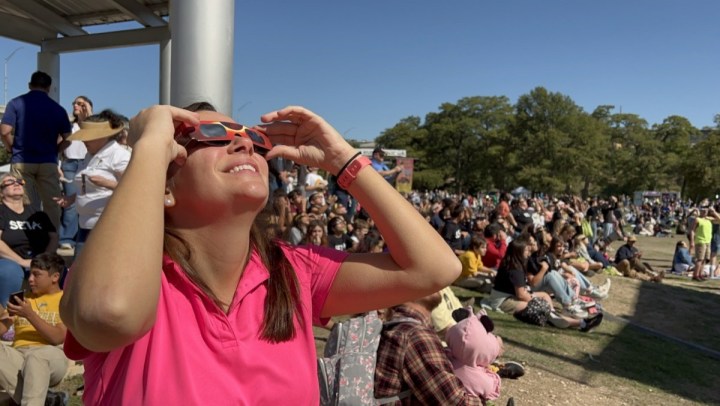
If you miss your chance to watch the solar eclipse on April 8, there will be more opportunities over the next few years.
Certain parts of Europe will experience a total eclipse on August 12, 2026. Areas of North Africa and the Middle East will see one as well on August 2, 2027. The final total solar eclipse of the decade will occur on July 22, 2028, in parts of Australia and New Zealand.
The contiguous U.S. will not witness another total solar eclipse until August 23, 2044. However, people in Alaska will have the chance to see one a little earlier, on March 30, 2033.
Editors’ Recommendations

